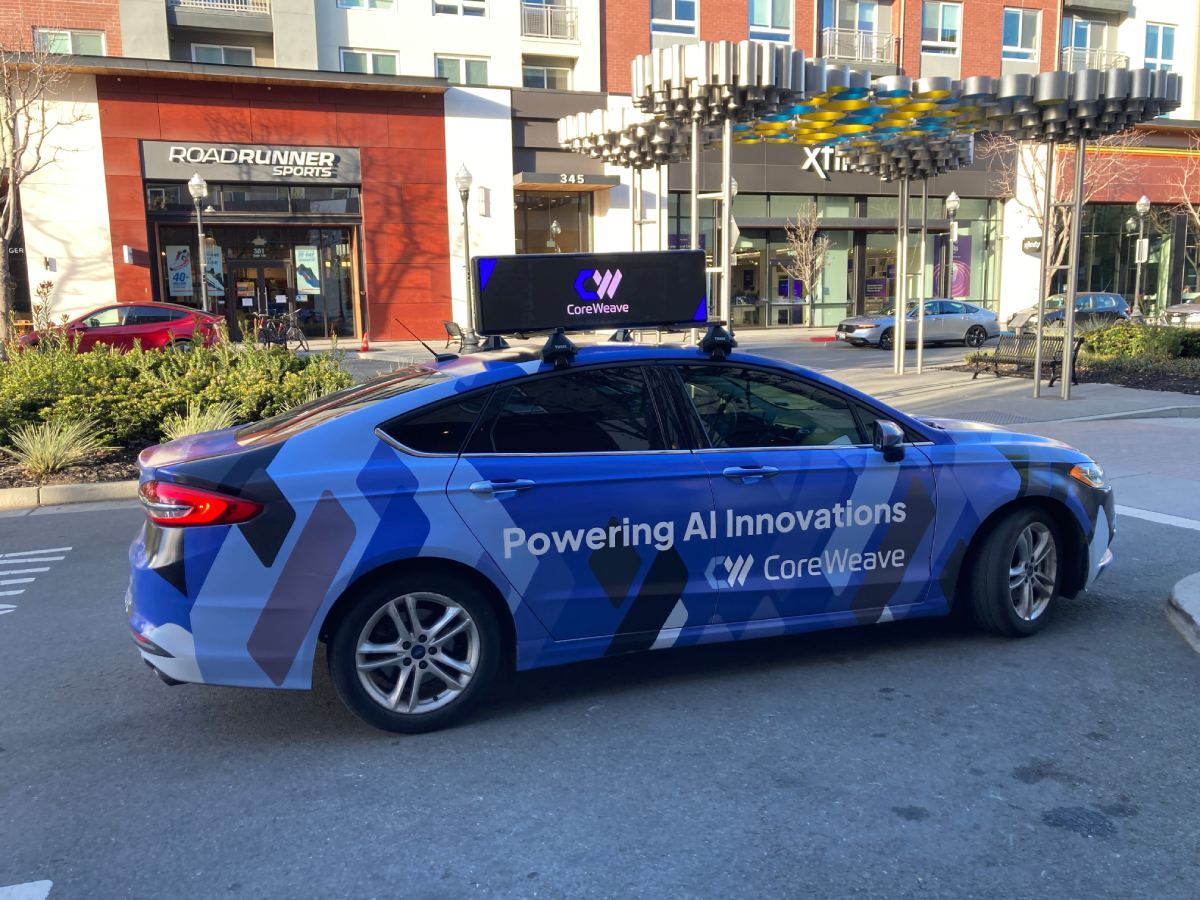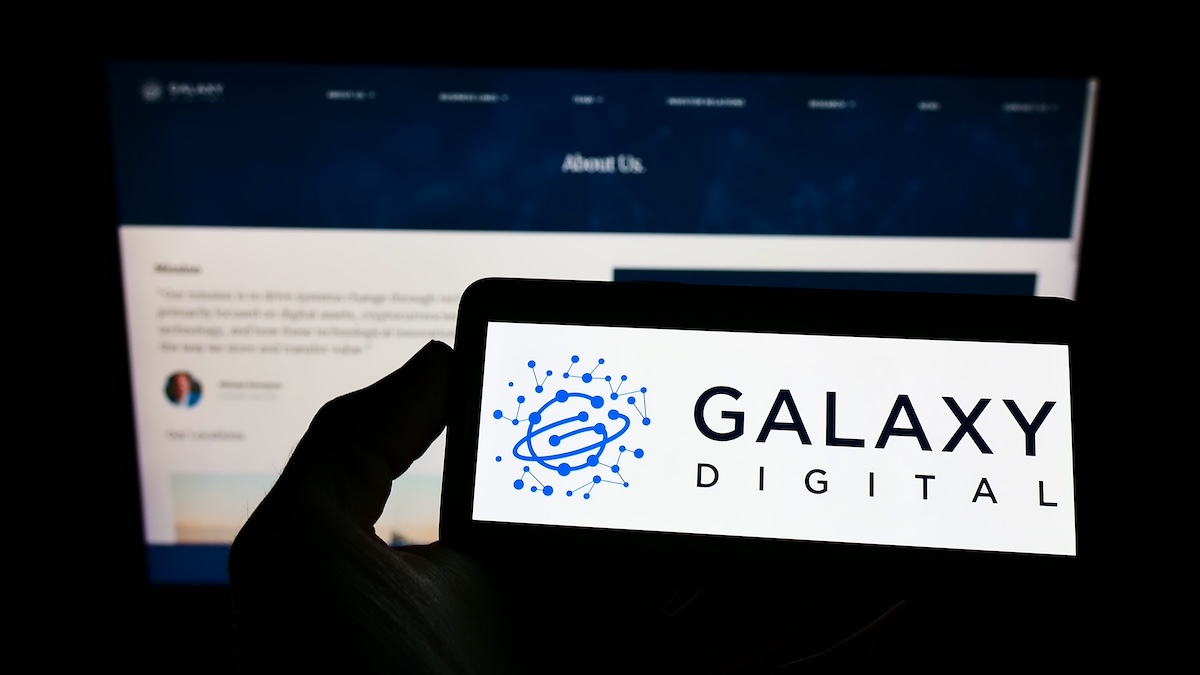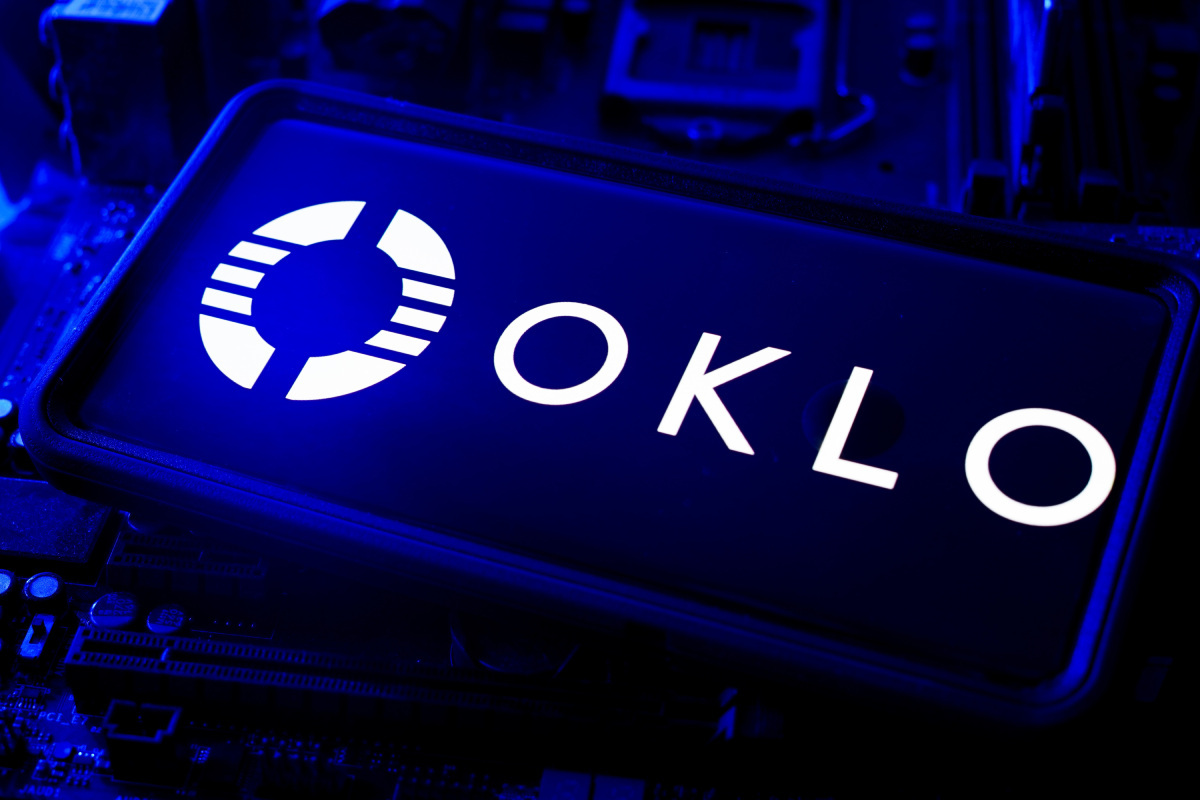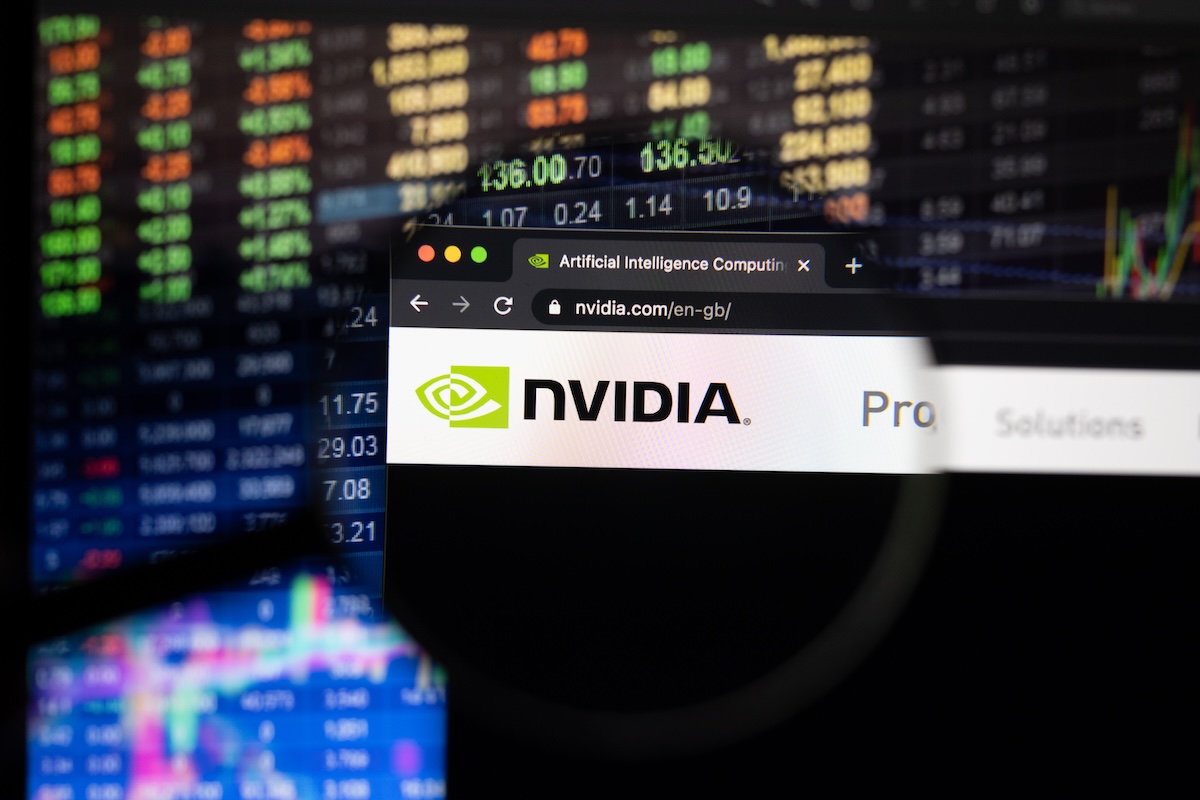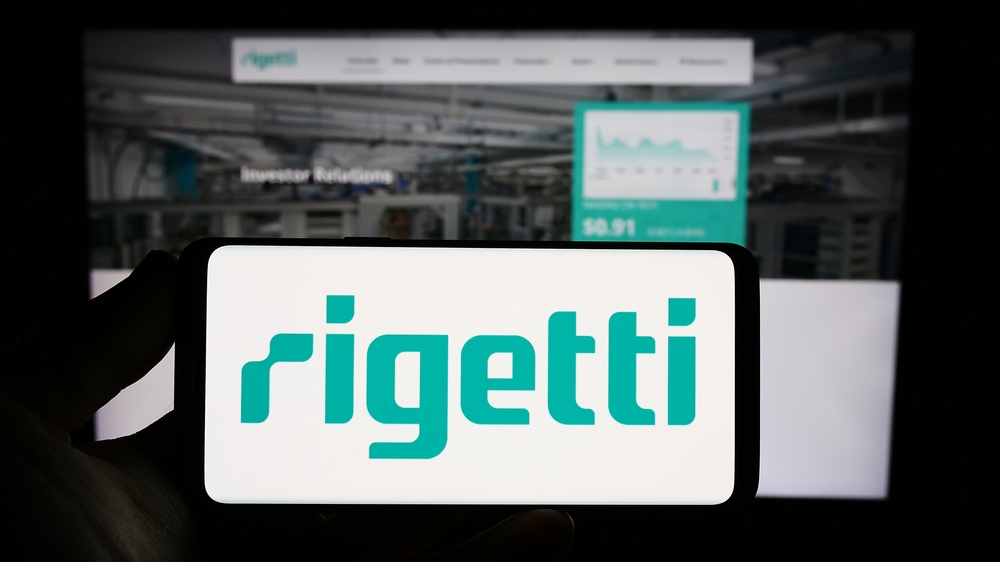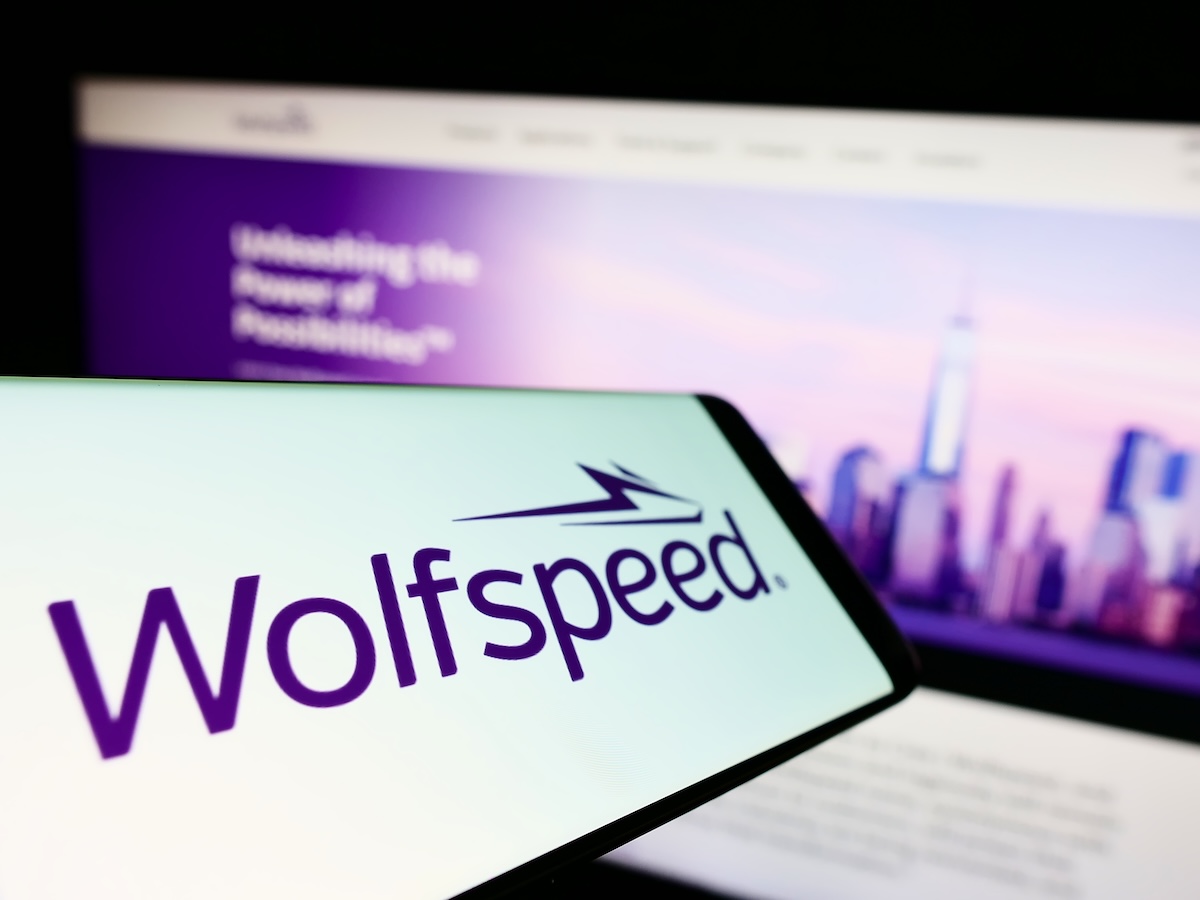Stock Update
Desperate home sellers slash prices at near record pace as buyers stay away
Despite easing mortgage rates, one in six U.S. home sellers cut their asking price in August, the highest level for any August on record
Read more about Desperate home sellers slash prices at near record pace as buyers stay away
Qualcomm’s expansion beyond smartphones continues with Arduino acquisition
Qualcomm announced that it has acquired Arduino, a nonprofit Italian open-source hardware and software platform that includes a community of more than 33 million developers
Read more about Qualcomm’s expansion beyond smartphones continues with Arduino acquisition
AST SpaceMobile gets downgraded with a Sell as analyst warns of ‘painful corrections’
AST SpaceMobile’s (ASTS) stock has been on a tear this year, soaring 254% on hopes its satellites will connect cell phones directly to broadband.
Read more about AST SpaceMobile gets downgraded with a Sell as analyst warns of ‘painful corrections’
CoreWeave acquires UK startup Monolith to service industrial and manufacturing enterprises
On a day when it seemed as though all of Wall Street was buzzing about the multibillion partnership between OpenAI and AMD (AMD), AI hyperscaler CoreWeave (CRWV) also announced a deal
Read more about CoreWeave acquires UK startup Monolith to service industrial and manufacturing enterprises
Galaxy Digital’s new investor app puts it in competition with Robinhood
After having built its name in the institutional crypto space, this is Galaxy’s (GLXY) first move into consumer finance
Read more about Galaxy Digital’s new investor app puts it in competition with Robinhood
Nuclear stocks continue to soar but experts are now urging caution
The booming investor appetite for nuclear energy stocks is perhaps best reflected in the meteoric rise of shares in small modular reactor (SMR) startup Oklo, Inc. (OKLO).
Read more about Nuclear stocks continue to soar but experts are now urging caution
OpenAI’s $6.6 billion employee windfall could shake San Francisco’s housing market
A $500 billion valuation and massive secondary share sales have handed OpenAI’s workers enough liquidity to buy every home sold in San Francisco last year
Read more about OpenAI’s $6.6 billion employee windfall could shake San Francisco’s housing market
Rupee’s day of reckoning: Trade war, outflows push currency to the brink
Trade deficits, foreign outflows, and Trump’s tariffs converge to test RBI’s restraint
Read more about Rupee’s day of reckoning: Trade war, outflows push currency to the brink
Does Nvidia owe most of its success to ChatGPT?
Nvidia’s exponential revenue growth didn’t happen by accident. It exploded only after ChatGPT sparked a global race to build AI infrastructure.
Read more about Does Nvidia owe most of its success to ChatGPT?
DoorDash gets into the robotic delivery game with the launch of Dot
DoorDash will initially offer the services in Tempe and Mesa, Arizona before expanding the commercial deployment into other US markets.
Read more about DoorDash gets into the robotic delivery game with the launch of Dot
Rigetti stock hits record highs after securing first quantum orders worth $5.7M
Who says quantum computing is still years away from being a commercially viable industry? Not Rigetti
Read more about Rigetti stock hits record highs after securing first quantum orders worth $5.7M
Rumble stock: The right-wing video platform bets big on AI
After pivoting to crypto earlier this year, right-wing video-sharing and cloud-service platform Rumble (RUM) has now pivoted to artificial intelligence.
Read more about Rumble stock: The right-wing video platform bets big on AI
Plug Power stock soars after landing its largest global hydrogen project
The company announced that it had delivered its first 10-megawatt (MW) GenEco electrolyzer array to Galp, which is the leading integrated energy company in Portugal
Read more about Plug Power stock soars after landing its largest global hydrogen project
The Trade Desk faces ad biz competition from an unlikely source
The Trade Desk's (TTD) new AI-powered third-party solution is a blessing and a curse
Read more about The Trade Desk faces ad biz competition from an unlikely source
Rivian cuts delivery forecast and analyst flags ‘highly concerning’ cash burn
Tesla's fall means Rivian is facing an even more daunting challenge to win over consumers
Read more about Rivian cuts delivery forecast and analyst flags ‘highly concerning’ cash burn
Trump looks to rewire supply chains with a 5% stake in Lithium Americas
Ignoring backlash, the Trump administration now takes a 5% stake in Lithium Americas Corp
Read more about Trump looks to rewire supply chains with a 5% stake in Lithium Americas
Nu Holdings (NU) makes game-changer move to expand in US
After teasing the possibility of pursuing an expansion into the US back in March, Nubank, a subsidiary of Nu Holdings (NU), has confirmed that it applied for a US national bank charter.
Read more about Nu Holdings (NU) makes game-changer move to expand in US
'Diluted to hell’—Wolfspeed’s stock surges as it exits bankruptcy, but shareholders are seething
When Wolfspeed (WOLF) filed for Chapter 11 bankruptcy protection this summer, its shares skyrocketed 530% in the five days after announcing its reorganization.
Read more about 'Diluted to hell’—Wolfspeed’s stock surges as it exits bankruptcy, but shareholders are seething



